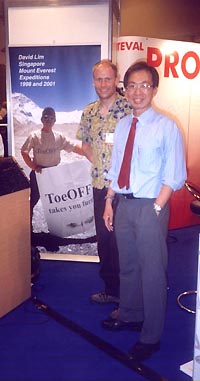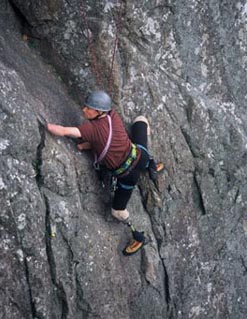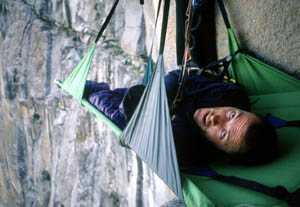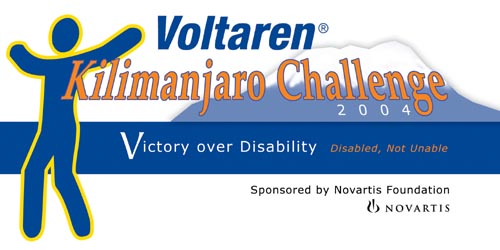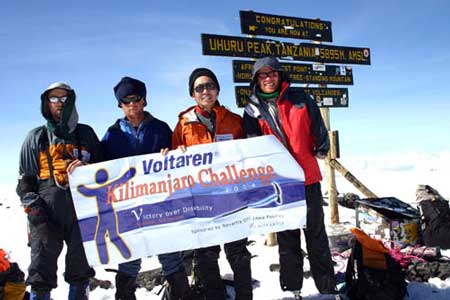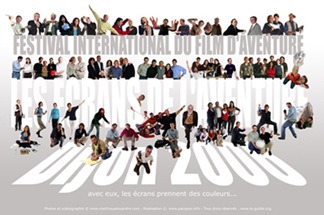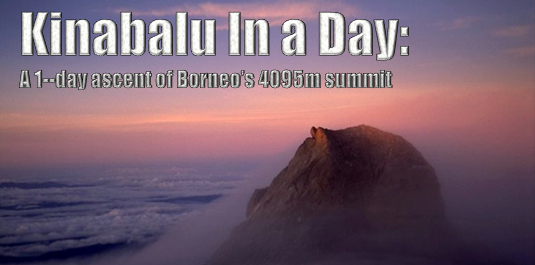
Kinabalu One-day ascent , 23 August 2013. David makes the first 1-day mobility-impaired climb of Borneo's summit
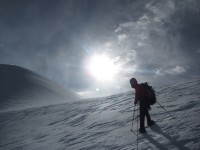
Qinghai Virgin Peaks Expedition 2012: Tackling 6000m virgin peaks in the Tanggulashan area of Qinghai, China
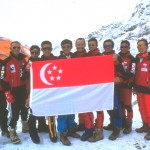
1st Singapore Everest Expedition: online dispatches of the landmark 1st Singapore Mt Everest Expedition, led by David Lim
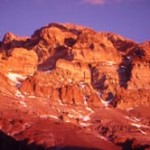
Aconcagua 2000: David Lim and Tok Beng Cheong tackle the Polish Traverse in Feb 2000, as part of David's comeback climb from disability
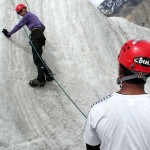
Tien Shan Expedition 2000: David and members of the 2001 Everest Expedition lead and trained a team of novices in the first ever Singapore expedit...
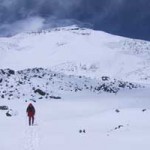
Ojos Del Salado - Chile 2001: The Everest 2001 Expedition’s major warm-up climb prior to the Everest climb in 2001.
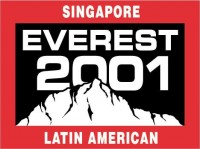
Singapore-Latin American Everest Expedition 2001: A climb on the North Rodge of Mt Everest, led by David Lim
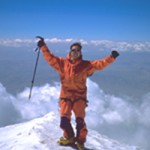
Climbing the fabled Mount Ararat in 2001: ” I was fascinated by the tale of Noah’s Ark since I was a kid. In 1986 I took the opportunity to tra...
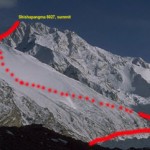
Ascent 8000: Expedition to Cho Oyu and Shishapangma, two 8000m peaks in 2002 by disabled Singaporean mountaineer David Lim

Alpine Rock in Borneo -2010:Why We Need Heroes: Climbing with Borneo alpine rock with Sir Chris Bonington, the legendary British mountaineer.
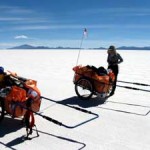
Extreme Desert Crossing 2007:David and Shani make the 5th ever recorded crossing on foot of the Salar de Uyuni

The “Spirit of Singapore Expedition 2009”, makes 3 virgin peak ascents including the tough peak later named Majulah Peak
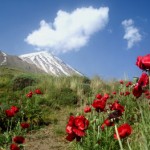
Iran Expedition 2006: Multi-peak ascents in Alam-Kooh, and a climb of the long north ridge of Damavand in the Alborz peaks.
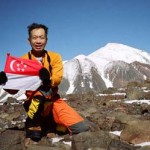
Ojos del Salado 2005: The highest volcano in the world --"Of my many adventures and climbs worldwide, there are a few which taught me the lesson t...
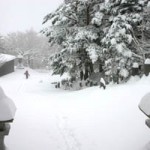
Nike Timing Mt. Fuji Climb 2004: David, Ting Sern and Masaharu make an attempt on Mt Fuji in the winter from the Yoshida trailhead.
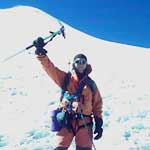
Mountain of the Star Expedition 2003: An all-disabled mountaineers’ ascent of Pico de Orizaba, 5700m, Mexico’s highest peak and North America�...
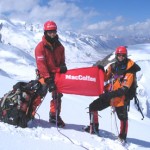
Maccoffee Tienshan Virgin Peaks Expedition: David leads his team to make the first virgin peak ascents by a Southeast Asian expedition. The team cl...
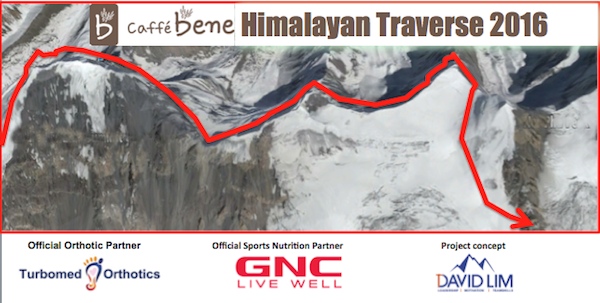
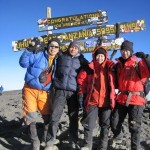

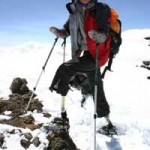
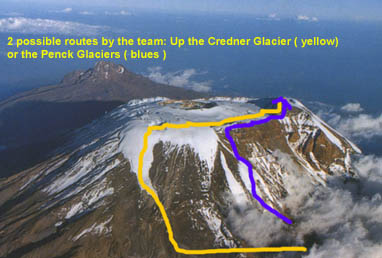

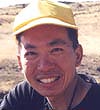
 Pete Steane – Australia. Hails from the island of Tasmania. In 1982 he sustained a rock-climbing accident where a piece of climbing equipment pierced his spine. He now lives with permanent nerve damage and walks and climbs with the help of two leg braces. A teached by profession, Pete has climbed on the rock faces of Yosemite National Park ( USA ) and in the New Zealand Alps.
Pete Steane – Australia. Hails from the island of Tasmania. In 1982 he sustained a rock-climbing accident where a piece of climbing equipment pierced his spine. He now lives with permanent nerve damage and walks and climbs with the help of two leg braces. A teached by profession, Pete has climbed on the rock faces of Yosemite National Park ( USA ) and in the New Zealand Alps.

 The Kilimanjaro film team comprises the director/videographer pair of Richard Heap (above) and Benedict Bevan-Pritchard (below)
The Kilimanjaro film team comprises the director/videographer pair of Richard Heap (above) and Benedict Bevan-Pritchard (below)
